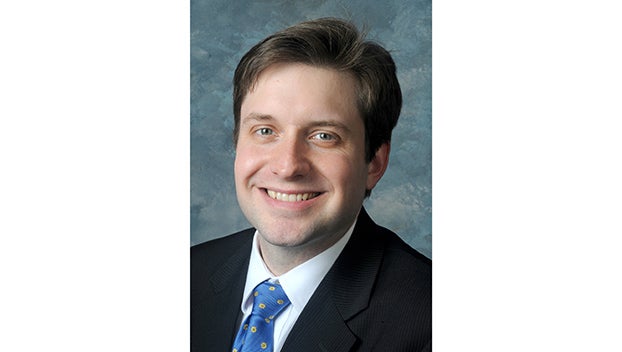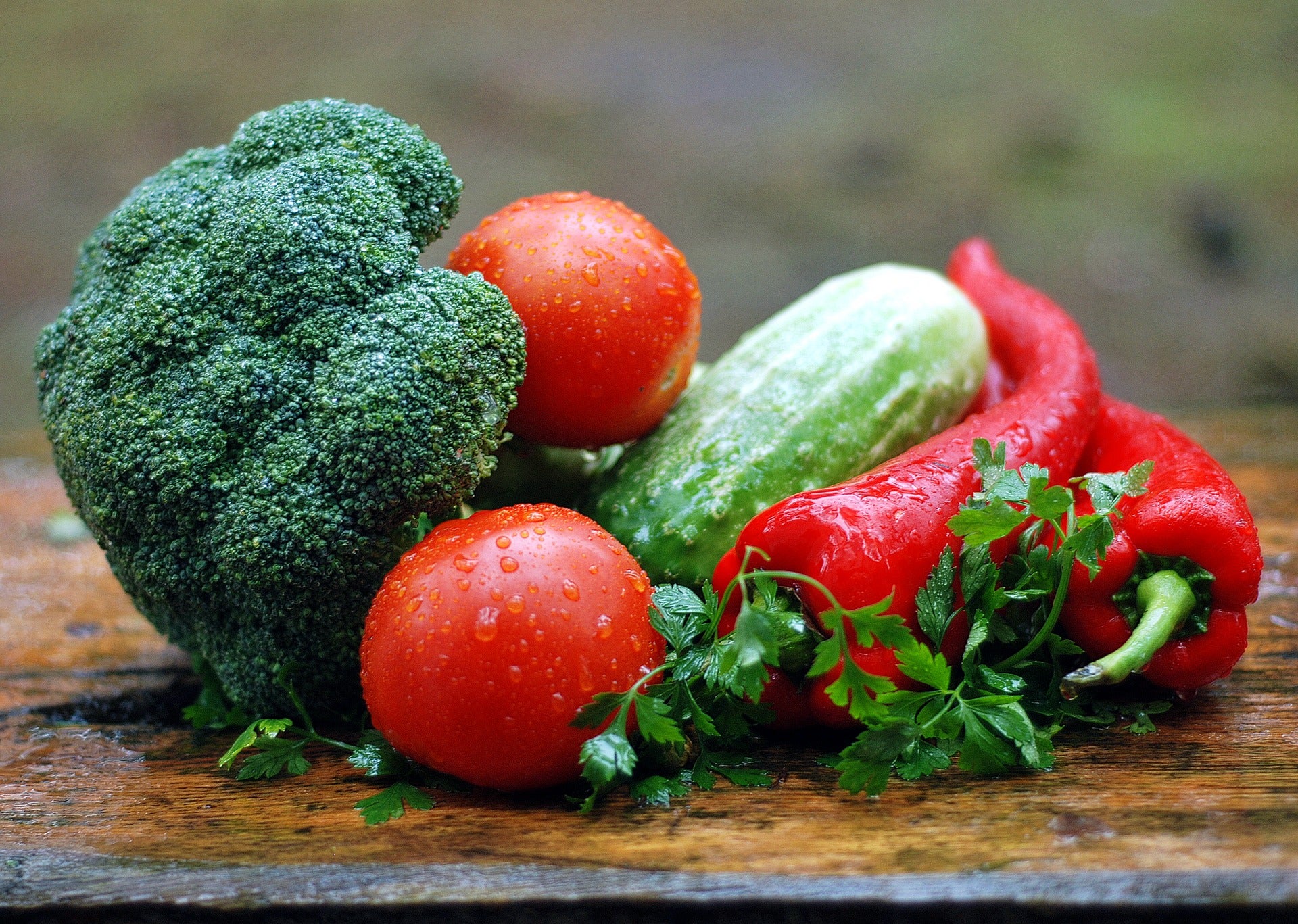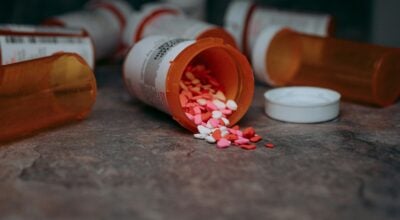COLUMN
The legacy of the Tobacco Master Settlement Agreement
Published 12:53 pm Friday, October 22, 2021

- State Rep. Daniel Elliott
BY DANIEL ELLIOTT
State Representative
For most of the 19th and 20th centuries, Kentucky was a major player tobacco market. It was a cash crop for many farmers and paid for many necessities and extras since colonial times. While not as common today, tobacco still plays a role in our agricultural legacy and in helping shape the future as we invest tobacco settlement funds. Last week, the Tobacco Settlement Agreement Fund Oversight Committee met to hear an update on how settlement funds are being spent and I thought I might use this week’s column to share a bit about what the committee discussed.
In November of 1998, 46 states signed a comprehensive agreement with a variety of leading tobacco companies in the nation. The agreement is the largest civil settlement in American history and holds tobacco companies responsible, forcing a payout of roughly $206 billion over the next 25 years. The settlement contains no requirements as to how the money had to be spent.
Since 1998, the commonwealth has received more than $2.2 billion from manufacturers involved in the settlement. The legislature established how the money would be spent. Roughly 28.5 percent of the total funds go to the Finance and Administration Cabinet for rural water and sewer line infrastructure enhancements. Fifty percent is distributed for agriculture programs, which are detailed through the work of the Kentucky Department of Agriculture/Kentucky Agriculture Development Board; 25 percent for early childhood development programs; and 25 percent for public health care initiatives, such as cancer screenings, and research revolved around smoking cessation and prevention.
Working with the legislature, most of Kentucky’s MSA agriculture programs are managed by the Kentucky Office of Agricultural Policy and currently have five different fund programs that may be applied for through local government entities such as your local fiscal court or economic development agency. The five funding programs are the following:
• County Agricultural Investment Programs (CAIPs): CAIP provides Kentucky agricultural producers with cost-share assistance that allows them to improve and diversify their current farm operation. It also covers a wide variety of agricultural enterprises in its 11 investment areas, including, but not limited to: bees and honey; equine; forage; beef and dairy cattle; goats and sheep; horticulture; poultry; swine; timber and technology; efficiency and production; farm infrastructure and water enhancement; marketing; and value added production.
• Deceased Farm Animal Removal Programs (DARs): which serves as a means to facilitate the coordination of environmentally sound and cost effective disposal of deceased livestock for Kentucky farmers.
Next Generation Farmer Programs, otherwise known as NextGen, which address the ever present need for specialized programming that benefits agrarian producers between the ages of 18 and 40 who have been engaged in an agricultural operation for at least three years.
• Shared Use Equipment Program, which assists communities with the purchase of farm equipment. The equipment purchased by the authority in which the funds were issued, become available for use by producers in their respective counties. These programs are accessible through local government to assist farmers who may need an implement but do not have the need to purchase one.
• Youth Agricultural Incentives Programs (YAIPs), which are in place to encourage youth to engage in agricultural activity and opportunity through different local facets such as FFA or co-ops with farms across the region.
The Tobacco Settlement also provides an example of how we may invest the $460 million that we expect to receive from a settlement with three major drug distributors and Johnson & Johnson. These entities are paying to settle a lawsuit filed by many states, counties, and cities over their role in the opioid crisis. Under the terms of a bill we passed earlier this year, all of the money is earmarked towards opioid addiction and treatment with 50 percent of the funds Kentucky receives will go to county and city governments, with the remainder going to the state.
I hope you will not hesitate to reach out to me to share your thoughts on the issues coming before us in Frankfort. As always, I can be reached at home anytime or through the toll-free message line in Frankfort at 1-800-372-7181. You can also contact me via e-mail at Dan.Elliott@lrc.ky.gov. You can also keep track of interim committee meetings and prefiled legislation through the Kentucky Legislature Home Page at www.legislature.ky.gov.






